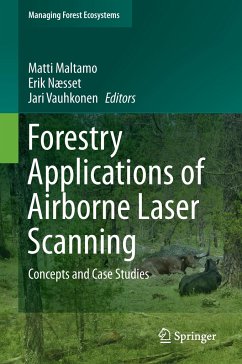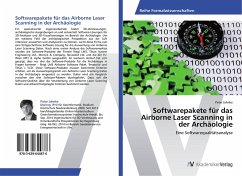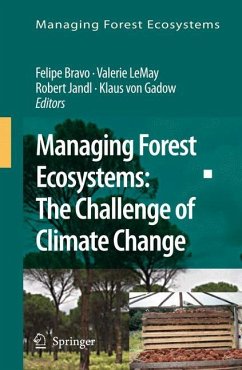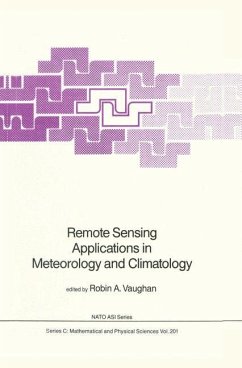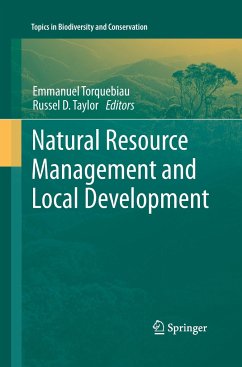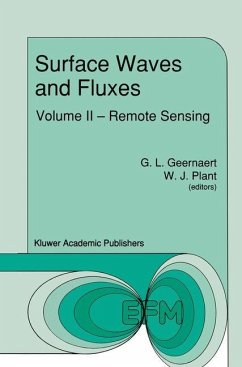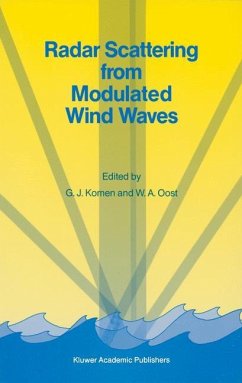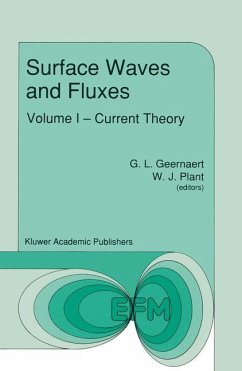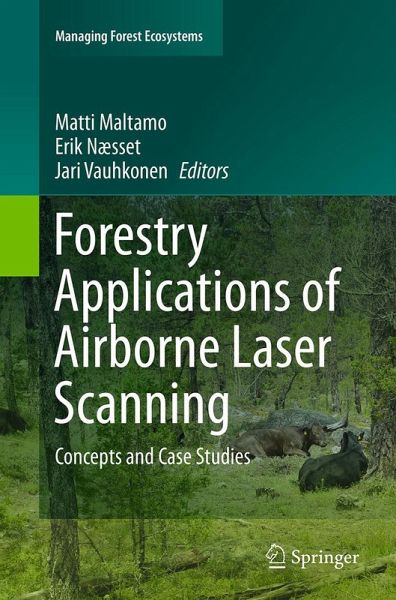
Forestry Applications of Airborne Laser Scanning
Concepts and Case Studies
Herausgegeben: Maltamo, Matti; Naesset, Erik; Vauhkonen, Jari
Versandkostenfrei!
Versandfertig in 6-10 Tagen
113,99 €
inkl. MwSt.

PAYBACK Punkte
57 °P sammeln!
Airborne laser scanning (ALS) has emerged as one of the most promising remote sensing technologies to provide data for research and operational applications in a wide range of disciplines related to management of forest ecosystems. This book provides a comprehensive, state-of-the-art review of the research and application of ALS in a broad range of forest-related disciplines, especially forest inventory and forest ecology. However, this book is more than just a collection of individual contributions - it consists of a well-composed blend of chapters dealing with fundamental methodological issu...
Airborne laser scanning (ALS) has emerged as one of the most promising remote sensing technologies to provide data for research and operational applications in a wide range of disciplines related to management of forest ecosystems. This book provides a comprehensive, state-of-the-art review of the research and application of ALS in a broad range of forest-related disciplines, especially forest inventory and forest ecology. However, this book is more than just a collection of individual contributions - it consists of a well-composed blend of chapters dealing with fundamental methodological issues and contributions reviewing and illustrating the use of ALS within various domains of application. The reviews provide a comprehensive and unique overview of recent research and applications that researchers, students and practitioners in forest remote sensing and forest ecosystem assessment should consider as a useful reference text.





